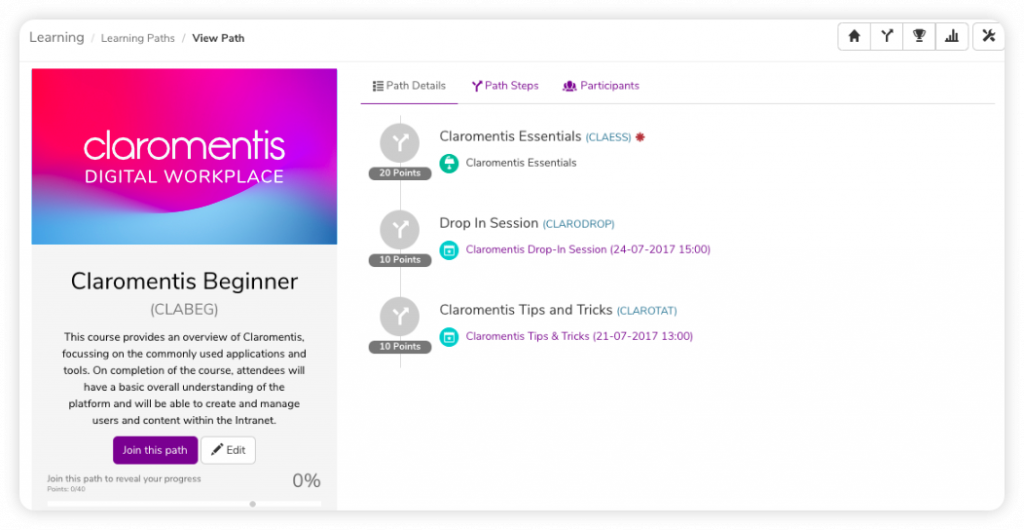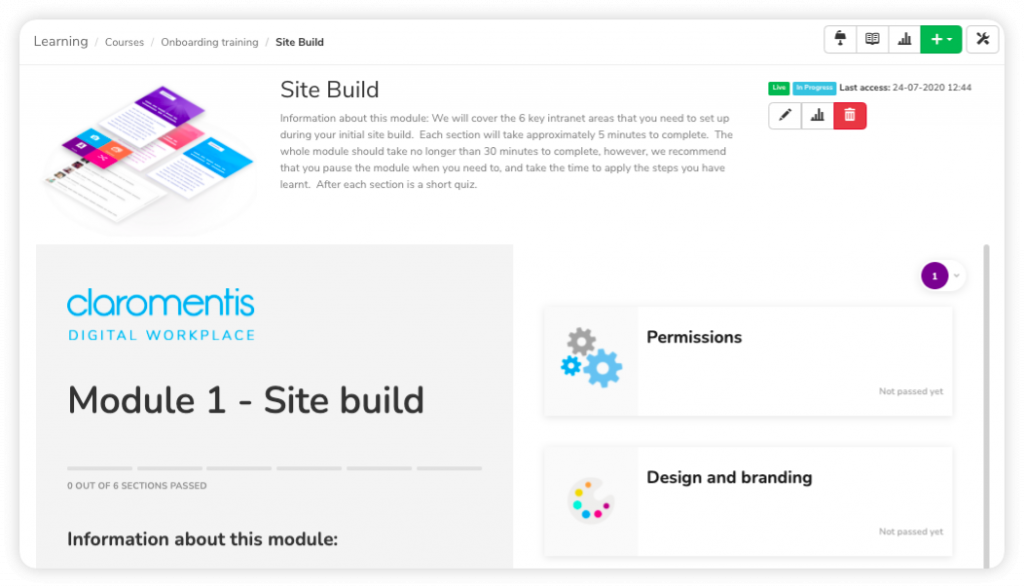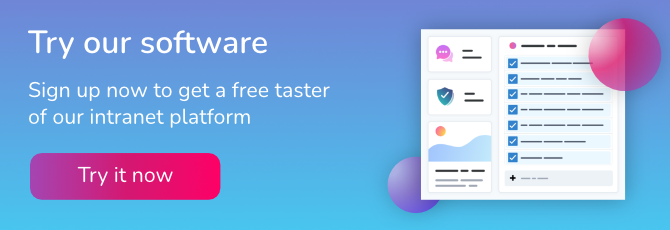The learning management system (LMS) market is expected to reach $7570 million by 2026, up from $1776.9 million in 2019, according to a report released earlier this year.
Some of this growth could be attributed to the rise of “lockdown learning”, which saw a huge increase of people accessing online learning content. No longer saddled with a long commute into the office, knowledge workers had a lot more time on their hands to learn new skills. Indeed, LinkedIn Learning reported that the number of hours people spent watching online training videos during the first week of April 2020 (a.k.a Lockdown 1.0) more than tripled compared to the first week of January.
Google Trends also shows a perpetually growing interest in learning management systems as a topic, with a steady increase between 2016 – 2020, and a notable jump when global lockdowns began.

(Source: trends.google.com)
Despite – for the most part – normality now resuming, the appetite for online learning material looks set to continue, with Google searches between May – June 2021 on average more than 3x higher than they were pre-pandemic. Clearly, online employee training is not just a passing fad.
So what is a learning management system, and what are the primary learning management system features and benefits making so many waves in the business world?
Let’s take a deeper look:
What is a learning management system?
‘Learning management system’, ‘e-learning software’, ‘LMS platform’… So many names that ultimately refer to the same thing.
Whatever you call it, a learning management system is a piece of software that gives teams a central hub for accessing digital learning materials, training courses, and support from managers or course leaders. It’s essentially the digital equivalent of an in-person training program.
However, LMS software differs from traditional classroom-based training in one significant way: it allows staff to learn at their own pace and in their own time.
For instance, instead of sending teams on training away days – which are costly, require big blocks of time out from work, and can disrupt team workflows – staff can dip in and out of online training courses as and when it suits their schedule.
This is especially handy for training courses that require focus and benefit from being digested in smaller chunks, such as company compliance training.
Learning management systems also give teams the autonomy to manage their own personal and professional development program, and build their own personalised learning experience.
What are the main features of a learning management system?
So you now have an idea about what an LMS platform is. But what are the features of a learning management system?
Broadly speaking, learning management system features include a mix of apps that work together to provide your teams with a suite of training content and tools that enhance their skills. Expect to see training courses, quizzes, assessment materials, personalised learning paths, gamification elements (more on this later), and learner statistics form part of an LMS platform.

Example of a personalised learning path
Learning management systems can support a blended learning program too, which combines online learning with one-to-one support with a manager or mentor.
All that’s required to access an LMS system is a Wi-Fi connection, meaning field workers or remote teams can expand their knowledge, access learning materials, and learn on-the-go using their mobile devices.
Below is a handy checklist of all the features your LMS system should include:
LMS features checklist
Online training courses
An obvious one to start with, but no LMS platform worthy of its name should be without online training materials and courses.
Training content can take various forms, including videos, webinars, e-learning modules, and reading material. These could be authored directly in the learning management system itself, or accessed via a third-party integration. Either way, it’s an essential LMS feature.

Every learning management system should include training courses
Quizzes and gamification
Interactive quizzes are a key component of an effective learning program, because they incorporate elements of gamification – such as instant feedback when getting a question right, earning points, and winning digital prizes.
This is important for improving learner engagement, because behavioural research shows that gamification techniques motivate learners and drive them to progress.
Easily accessible on all devices
The world of work is increasingly becoming hybrid, with more people choosing to split their time between the office, home, and on-the-go to do their job. This means less people will be tied to a desktop computer.
Therefore, your learning management system must include an intuitive user interface and be easy to access via cloud based technology, such as web or mobile apps. Prioritising mobile learning ensures that all team members have equal opportunity to enhance their skills, regardless of where they work.
Social LMS features
Just like gamification, social learning features can be a strong motivator. Indeed, when learners feel supported by their peers, have the opportunity to ask for help, or simply discuss ideas, it can boost their confidence and enhance the learning experience.
So make sure your chosen LMS platform includes social features such as comments, likes, and @mention tagging technology.

Social learning features can help motivate your teams
Reporting and analytics
An important part of any online learning ecosystem is the ability to track your team’s progress throughout their training program, so make sure your chosen LMS platform comes complete with in-built reporting tools and analytics.
This enables managers or mentors to monitor course completion rates, pass scores, and attendance, helping them build an effective learning program that’s driven by data.






